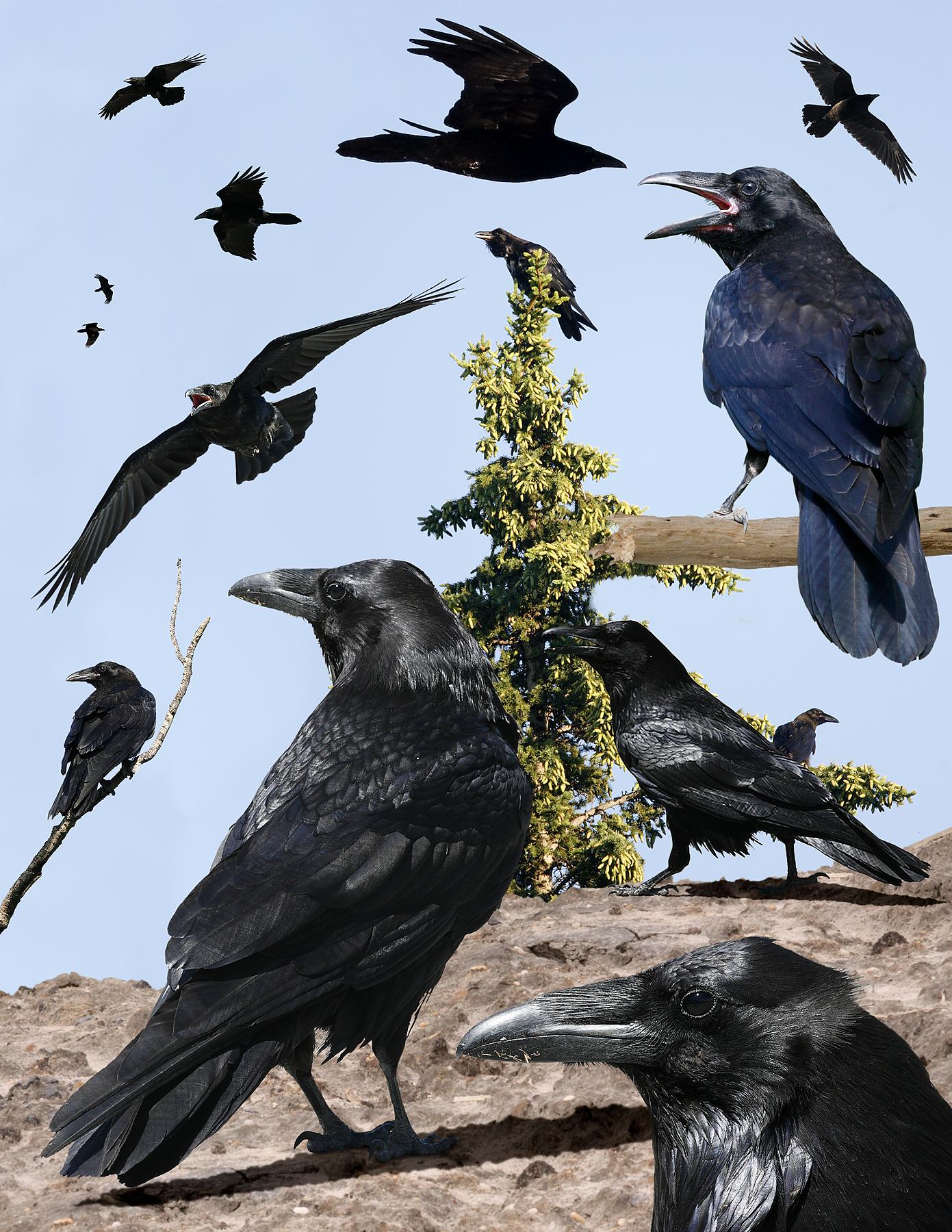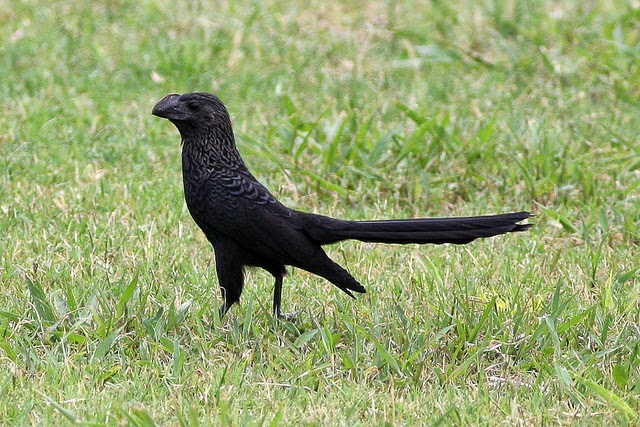


The bird's contact call is a rolling metallic krur-rr or kree, which may carry long distances and is always given while flying its alarm call is sharp. Several calls of red-tailed black cockatoos have been recorded. Another bird residing at London and Rotterdam Zoos was 45 years and 5 months of age when it died in 1979. As the birds reach maturity, males gradually replace their yellow tail feathers with red ones the complete process takes around four years.Īs with other cockatoos, the red-tailed black cockatoo can be very long-lived in captivity in 1938, ornithologist Neville Cayley reported one over fifty years old at Taronga Zoo. Juvenile red-tailed black cockatoos resemble females until puberty, which occurs around four years of age, but have paler yellow barred underparts. Black cockatoos are almost exclusively left-footed (along with nearly all other cockatoos and most parrots). In common with other cockatoos and parrots, red-tailed black cockatoos have zygodactyl feet, two toes facing forward and two backward, that allow them to grasp objects with one foot while standing on the other, for feeding and manipulation. Male birds weigh between 670 and 920 grams (1.5–2 lb), while females weigh slightly less at 615–870 grams (1.25–1.75 lb). The underparts are barred with fine yellow over a black base. Females are black with yellow-orange stripes in the tail and chest, and yellow grading to red spots on the cheeks and wings. The tail is also black with two lateral bright red panels. The male's plumage is all black with a prominent black crest made up of elongated feathers from the forehead and crown. Red-tailed black cockatoos are around 60 centimetres (24 in) in length and sexually dimorphic. In the language of the Bungandidj of south-eastern South Australia and western Victoria this bird was called treen. Karrak is a Noongar term derived from the call for the southwestern race C.

In Central Australia, southwest of Alice Springs, the Pitjantjatjara term for the subspecies C. (The bracketed prefix ( inh- or minha) is a qualifier meaning 'meat' or 'animal'.) Ngarnarrh or karnamarr are terms used by the Kunwinjku of Arnhem Land. Indigenous people of the central Cape York Peninsula have several names for the bird: (minha) pachang in Pakanh (inh -) inhulg in Uw Oykangand and (inh -) anhulg in Uw Olkola. Alternate common names include Banks' black cockatoo, Banksian black cockatoo, or simply black cockatoo. The binomial combination had already been used by Carl Linnaeus for the lesser vasa parrot in 1758, and by Johann Friedrich Gmelin for the palm cockatoo in 1788 it was thus invalid even though both other species were already known by different names at the time. In 1827, Jennings proposed the name Psittacus niger for the bird. The change was first made by Anselme Gaëtan Desmarest in 1826. The red-tailed black cockatoo is the type species of the genus Calyptorhynchus, the name of which is derived from the Greek calypto-/καλυπτο- "hidden" and rhynchus/ρυγχος "beak". In 1994, an application to conserve Calyptorhynchus banksii as the scientific name was accepted by the ICZN. For several decades, Mathews' proposal was accepted by many authorities, although it was unclear whether the original Port Jackson reference had actually referred to the red-tailed black or, more likely, the glossy black cockatoo. For many years, the species was referred to as Calyptorhynchus magnificus, proposed by Gregory Mathews in 1927 as Shaw's name had predated Latham's 1790 description. Narrowly predating Latham, English naturalist George Shaw described Psittacus magnificus from a specimen collected somewhere in the Port Jackson (now Sydney) region. The red-tailed black cockatoo also has the distinction of being the first bird from Eastern Australia illustrated by a European, as a female, presumably collected at Endeavour River in north Queensland, was sketched by Banks' draughtsman Sydney Parkinson in 1770. The species complex was first described by the ornithologist John Latham in 1790 as Psittacus banksii, commemorating English botanist Sir Joseph Banks. They mate for life which can be a long time over 80yrs, which is one reason they don't make good pets. In aboriginal stories Red Tailed Black Cockatoo are thought to be the bringer of fire. Although the more northerly subspecies are widespread, the two southern subspecies, the forest red-tailed black cockatoo and the south-eastern red-tailed black cockatoo are under threat. Five subspecies are recognised, differing chiefly in beak size.

It is more common in the drier parts of the continent. Adult males have a characteristic pair of bright red panels on the tail that gives the species its name. The red-tailed black cockatoo ( Calyptorhynchus banksii) also known as Banksian- or Banks' black cockatoo, is a large black cockatoo native to Australia.


 0 kommentar(er)
0 kommentar(er)
